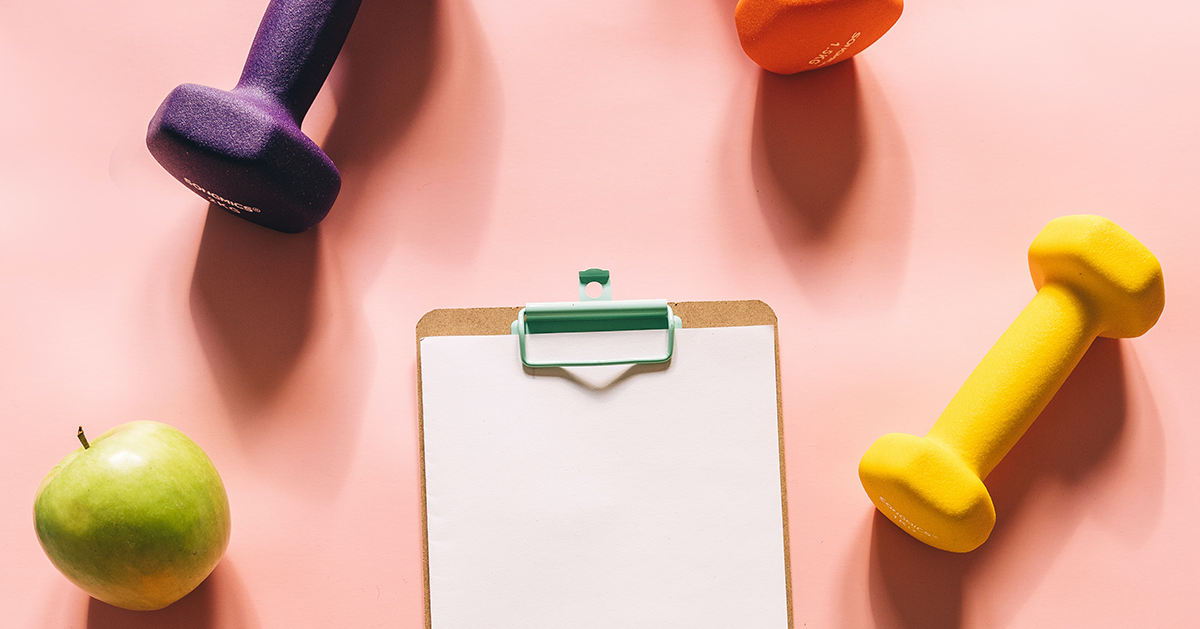
Exercise is essential for keeping your body moving and functioning, especially after bariatric surgery. Several studies show that the body was designed to move and works best when it is active; otherwise, a sedentary lifestyle can weaken the muscles, heart, and lungs and lead to bone deterioration, joint stiffness, and more.
Unfortunately, many people lack the motivation to workout and engage in regular physical activity, thus preventing them from experiencing the many benefits of exercise, including weight maintenance, weight loss, improved muscle tone, improved mobility, a decreased risk of developing certain diseases and health conditions, improved self-esteem, and overall well-being.
If you find it challenging to commit to a regular fitness regimen, here are some tips that avid exercisers use themselves to help find the motivation to workout and see results.
10 Tips to Find the Motivation to Workout
1. Find a Good Reason to Exercise
As with any goal, having a good cause to pursue it will provide you with purpose and focus for doing it. In other words, having a “why” allows you to become personally or emotionally invested in working out, which makes you more likely to appreciate it and make time in your day to get active.
For instance, many people find certain events, such as getting married or even an upcoming high school reunion, highly motivational to exercising. However, medical experts suggest selecting long-term reasons to work out that encourage you to adopt it as part of your lifestyle for optimum results.
2. Pick a Form of Exercise You Look Forward To Doing
Just like working at a job you love doesn’t feel like work, fitness experts recommend taking the same approach to choosing your workouts so it doesn’t feel like exercise. This way, you will view it as something fun and exciting to do, so you look forward to doing it each day instead of dreading it.
You could even exercise in your favorite scenery, such as a local park, to make it feel like less of a workout. Watching an entertaining show/movie or listening to your favorite music while exercising also helps make it not feel like such a chore.
3. Write Down Your Goals and Track Your Progress
Determine your goals for exercise, and then write them down on paper to help you visualize them and see what is possible. It would help you find the motivation to workout if you also crossed off your goals as you accomplish them, which will enable you to see your progress and the difference your efforts are making in your life to help keep you spirited.
After you reach each goal, jot down notes next to it regarding your workout, such as the length of your session and how you felt when you were done, to help analyze your growth. Scheduling your workouts as part of your daily plans will also ensure you have the time to exercise, so you are more committed.
4. Take Your Time and Ease Into It
Far too often, people new to exercise become intimidated after comparing themselves to others in the gym or social media. But what is important to remember is that these individuals started as beginners too. So be sure to remember this before you start pushing yourself too hard to achieve the same goals.
If you are new to exercise, experts stress the importance of starting slowly to avoid injury. Therefore, start at a pace that is right for you and then gradually work your way up to your overall goal. Fitness experts also stress that you should never feel pressured to work out on days when you’re just not up to it. Instead, listen to your body, take time to rest, and then resume your efforts once you feel better, so you continue to see results.
5. Schedule Time to Rest
As you schedule your workouts, it is essential also to include at least one day of rest, if not more, to allow your body to recover. We also recommend adding a day or two of active recovery into your workout schedule, such as a light walk or easy bike ride. Without rest and (active) recovery days, your muscles may become tired and overworked, which can impede your efforts and cause you to fall short on your exercise the next day.
6. Hire a Personal Trainer
If you are new to working out and have the means to afford a personal trainer, we recommend hiring one. A personal trainer will not only design a workout based on your specific concerns, which helps ensure you get the results you want, but they also stick by you and give you the motivation to workout through your sessions, so you are more likely to see the program through until the end.
7. Fuel Your Body With Energy
Fueling yourself with the right foods before your workouts help ensure your body is powered and ready for physical activity. Some foods known for their energizing effect include apples, granola, and water. There are also various pre-workout supplements on the market designed to help provide you with energy for your workouts.
8. Get a Good Night’s Sleep
Research shows that good sleep, which according to the National Sleep Foundation, includes at least 7 to 9 hours of rest, helps you awake more refreshed and energized, so you look forward to working out more and finding that motivation to workout.
9. Reward Yourself
After your workouts, take time to savor the good feelings your activity has brought about to help you look forward to exercising each day. You can also reward yourself with external rewards, such as a new workout outfit or athletic shoes, after reaching certain milestones in your workout journey, which will also help you find the motivation to workout and keep going.
10. Surround Yourself With Others on a Fitness Journey
Many people new to fitness blame being around people with poor eating and exercise habits for their inability to stick to their weight loss or health goals. Therefore, experts recommend, to keep yourself on track and moving forward in your fitness journey, surround yourself with others who are also living with healthy habits.
In the end, the biggest obstacle to finding the motivation to workout is you, so be sure also to keep a positive mind throughout your lifestyle change.
_______________________________________________________
This post was originally written by Zendyl Vergara at Fitness for Non-Athletes.











